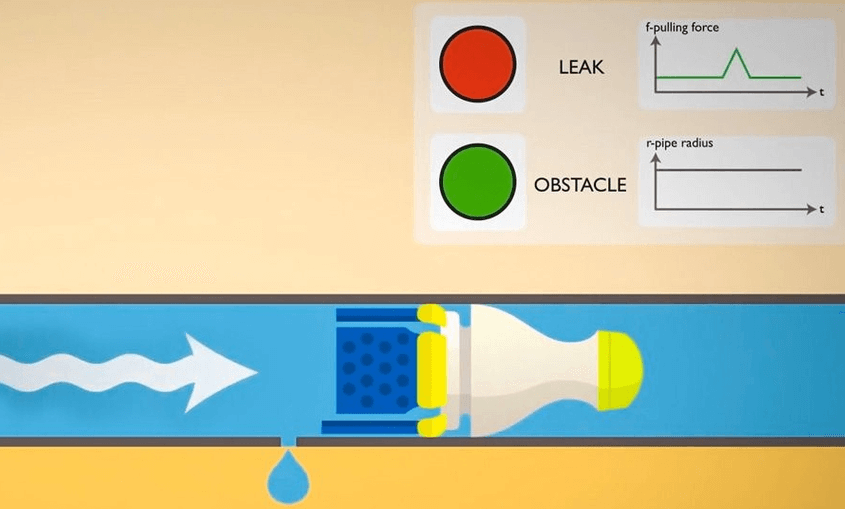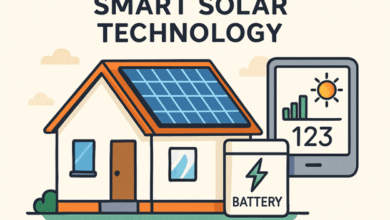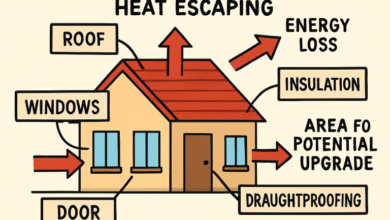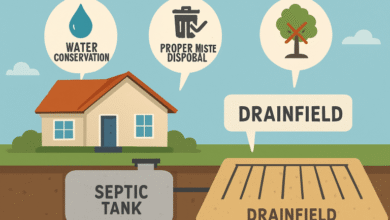Modern Methods for Detecting Leaks in Underground Pipeline Systems

Underground pipeline systems are essential for creating safe and sustainable communities, transporting drinking water, waste, and natural gas. When leaks occur, they can result in water loss, contamination, safety hazards, and increased utility bills. Utilities worldwide prioritize quick leak detection to reduce social and financial risks.
Table of Contents
Why Pipeline Leak Detection Matters
Timely inspections and proactive measures, such as using a smoke pump tester, are crucial in maintaining critical infrastructure and minimizing disruptions in populated areas. Early leak detection is vital to prevent expensive environmental damage and health issues, showcasing a commitment to environmental responsibility.
Common Challenges in Pipeline Maintenance
Maintaining underground pipelines is challenging due to their concealed locations under roads and buildings, which limits access for repairs. They are affected by soil movement, seismic activity, and urban construction, leading to cracks and failures. Older materials like clay and metal are prone to corrosion. Unauthorized digging can also cause accidental strikes and leaks.
The extensive network complicates maintenance. In a mid-sized city, hundreds of miles of pipelines need inspection, and many leaks are undetectable at the surface. Detecting leaks without excavation requires sensitive tools, and limited access adds to the challenges for maintenance teams.
Traditional vs. Modern Leak Detection Methods
For decades, maintenance teams monitored pipelines for leaks using pressure changes and dye tracing tests, which were often unreliable, especially in urban systems. Workers relied on experience and community reports of unusual pooling or odors. However, recent advancements have improved leak detection significantly.
Acoustic sensors detect faint sounds of escaping water, and thermal cameras identify temperature irregularities. Utilities can locate leaks quickly and with minimal disruption by combining these new technologies with traditional methods, particularly in aging infrastructure areas.
How Smoke Testing Works
Smoke testing is an effective and affordable method for utilities and municipalities to detect leaks in pipeline systems. By introducing non-toxic, visible smoke into the pipes, crews can easily identify escape routes for water, air, or other substances.
When smoke surfaces, it indicates a fault, like a break or unauthorized connection. This highly visual approach allows quick detection of multiple leaks without extensive digging, minimizing disruption and risk to workers and residents. In just a few hours, teams can confirm system integrity and pinpoint problem areas, saving on labor and repair costs.
Tools and Technologies for Reliable Inspection
Maintenance teams benefit from a growing array of tools, including portable smoke machines like the smoke pump tester, which are known for their durability and versatility across various site types. Advanced technologies, such as high-resolution camera crawlers and wireless sensors, enhance inspection and documentation with detailed visuals and real-time feedback.
Selecting the right tool involves more than just budget; teams prioritize features that ensure reliability, safety, and quick set-up. Factors like pipe material, diameter, location, and the suspected issue (e.g., infiltration or root intrusion) also influence their choices. The most effective maintenance programs blend field experience with innovative diagnostics for optimal pipeline health.
Future Trends in Pipeline Leak Detection
The future of leak detection will focus on greater connectivity, automation, and predictive analytics. Utilities invest in sensor networks that provide continuous data to identify abnormal conditions and enable real-time decision-making. AI tools analyze historical and live data to anticipate failure points, allowing for proactive maintenance.
Increased public engagement leads cities to use communication platforms to inform residents about maintenance schedules and water safety, fostering a shared responsibility for resource protection. These advancements will empower maintenance professionals to ensure the reliability and sustainability of underground pipeline networks.
See also: What Should You Know About Choosing an Affordable Ignition Interlock Device?



